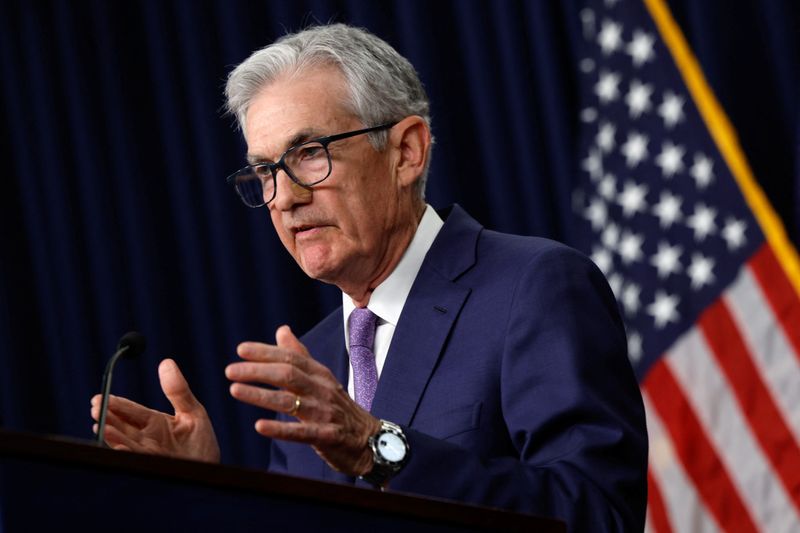
Nonfarm payrolls increased by only 114,000, missing economist expectations for 179,000, while the unemployment unexpectedly tick up to 4.3% from 4.1%.
The household survey registered just 67,000 new jobs. The significant decline pushed the job growth below the breakeven rate employment growth, or the pace required to ensure that the job gains keep up with the pick-up in population growth to avoid a big downtick in the unemployment rate.
If Friday’s job numbers are “accurate, then it signals a sudden deceleration of job growth to a pace that lies beneath estimates of the required breakeven pace in relation to the pick-up in population growth,” Derek Holt of Scotiabank Economics said in a Friday note.
“I’m calling bogus on the number,” Holt said, flagging pandemic-era seasonal adjustment factors as the likely cause behind the weakness, particular at this time of the year.
The Fed’s seasonal adjustments aim to filter out distortions like the annual hiring surge by retailers ahead of the holiday shopping or the slowdown in construction hiring during the winter months, providing a more accurate gauge of the employment situation. But the pandemic-era hits to the labor market muddied those adjustments, and continues to distort the data, Holt argues.
But if the pre-pandemic seasonal adjustment factors for the months of July up to and including 2019 were used, then “this July’s nonfarm payrolls would have been up by about 200k instead of 114k,” Holt said.
Others, however, believe that the pandemic-era-ladened seasonal adjustment factors aren’t to blame in this July’s nonfarm payrolls report.
While Jefferies has long taken issue with the seasonal adjustment process in the post-pandemic era, it believes that the seasonal adjustments “was typical for July.”
“We have noted in many prior commentaries on the labor market data that the seasonal adjustment process in the post-pandemic era has been difficult and may be skewing the headline figures. This month, we have no such concerns,” it added.
But just as many are calling on the Federal Reserve to deliver aggressive cuts of 50 basis points at the September meeting, Holt believes that may not reflect the Fed’s thinking as chairman Jerome Powell has reiterated that he would look the totality of the data rather than a single report.
Jefferies agrees and believes that while rate cuts are likely coming in September and December, it doesn’t “think that the Fed will continue on a meeting by meeting pace of cuts thereafter,” as there is no evidence to suggest a recession is on the horizon.
“The market is pricing in a path of rate cuts that the Fed will only meet if there is evidence that the economy is falling into a recession. Right now, there is no evidence to support that,” Jefferies said.
To read the full article, Click Here
